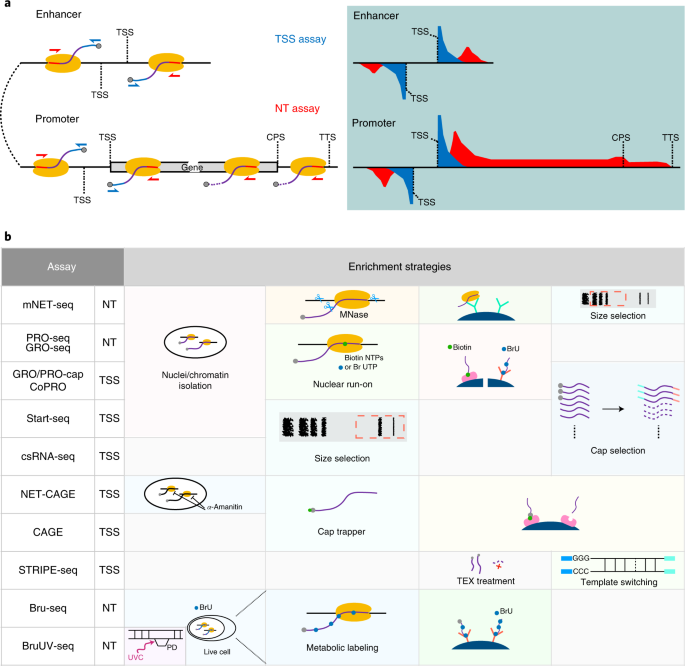If you’re flipping TV channels one day and come upon a show depicting a crime scene (think “CSI” or “Dexter”), you might notice something strange. Among the technicians dusting for fingerprints and collecting hair fibers, there’s an array of red strings running from the floor, the wall, the table and the sofa. All the strings meet at nearly the same point.
Suddenly, an investigator begins recounting aspects of the crime: when it happened, where the assault took place in the room, what kind of weapon the perpetrator used and how close to the victim the assailant stood. How could they have learned all that information from a webwork of strings?
The strings themselves aren’t important. They’re simply a tool to help investigators and analysts draw conclusions from a substance that’s often found at crime scenes: blood. We’ve become used to hearing how specialists use blood samples to identify suspects through DNA. But the blood itself — where it lands, how it lands, its consistency, and the size and shape of its droplets, or spatter — can uncover a lot of significant aspects of the crime.
Of course, analyzing blood spatter isn’t as simple as fictional bloodstain pattern analysts like Dexter Morgan make it appear. Experts in the field often say that it’s as much an art as a science, especially since the evidence is typically interpreted strictly by humans, which can result in error. And if a violent act involves multiple victims and multiple assailants, the challenge becomes even more complex. So while important aspects of bloodstain pattern analysis are well supported by research, analysts must be very careful not to overreach [source: Iowa State].
That being said, a well-trained and seasoned analyst can provide key information that leads to arrest and conviction. And with new, computerized methods of analysis coming online, there may be more consistency and reliability in the future.
Let’s start our investigation into this topic with the basics of bloodstain pattern analysis. For example, what blood spatters can — and can’t — reveal.
Note: This article have been indexed to our site. We do not claim legitimacy, ownership or copyright of any of the content above. To see the article at original source Click Here













